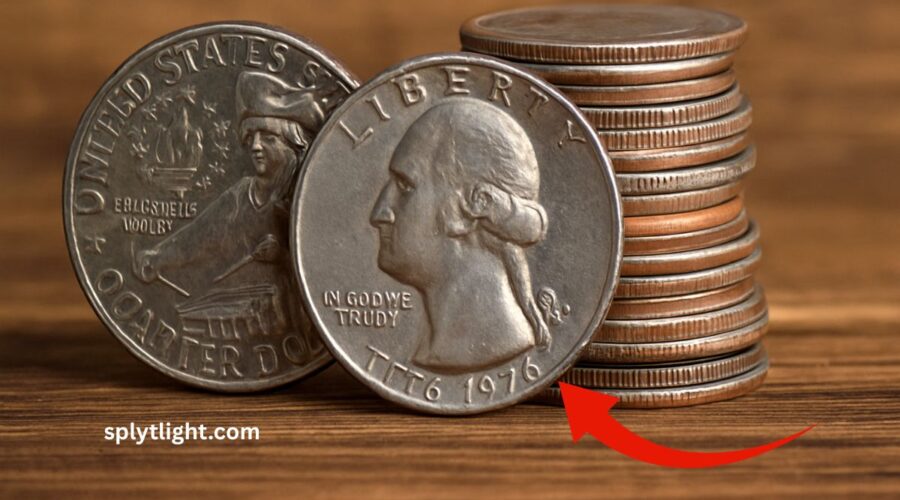The $270 Million Bicentennial Quarter Hunt — Could You Have One?
The allure of discovering a rare coin worth a fortune in your pocket change is captivating. Recently, claims have surfaced about 1976 Bicentennial quarters being valued at $270 million each.
While these assertions are largely exaggerated, certain Bicentennial quarters do hold significant value due to rare minting errors and pristine conditions.
This article delves into the reality of these coins’ worth and how to identify potentially valuable pieces.
Understanding the Bicentennial Quarter
In 1976, to commemorate the 200th anniversary of the United States, the U.S. Mint released special quarters featuring a unique drummer boy design on the reverse and the dual date “1776–1976” on the obverse. These coins were minted in large quantities:
- Philadelphia Mint: 809,784,016 coins
- Denver Mint: 860,118,839 coins
- San Francisco Mint: Various proof and silver-clad versions
Given the high mintage, most Bicentennial quarters are common and hold only face value.
The $270 Million Claim: Separating Fact from Fiction
The notion that a Bicentennial quarter could be worth $270 million lacks credible evidence. No verified auction records or numismatic evaluations support such a valuation. The highest confirmed sale of a Bicentennial quarter is significantly lower.
Notable Bicentennial Quarter Sales
While the $270 million figure is unfounded, some Bicentennial quarters have fetched impressive sums due to unique characteristics:
| Coin Description | Grade | Sale Price | Notable Features |
|---|---|---|---|
| 1976-S Silver Proof Bicentennial Quarter | PR70 DCAM | $19,200 | Deep cameo finish, perfect condition |
| 1976-D Clad Bicentennial Quarter | MS68 | $6,463 | High-grade mint state |
| 1976 Bicentennial Quarter Struck on a Dime Planchet | MS62 | $9,200 | Double denomination error |
| 1976-S Clad Proof Deep Cameo Bicentennial Quarter | PR70 DCAM | $920 | Exceptional proof quality |
These sales underscore that while some Bicentennial quarters are valuable, their worth is far from the speculative $270 million.
Identifying Valuable Bicentennial Quarters
To determine if your Bicentennial quarter holds more than face value, consider the following factors:
- Minting Errors: Look for anomalies such as double strikes, off-center images, or coins struck on incorrect planchets (e.g., a quarter design on a dime-sized coin).
- Mint Marks: Quarters from the San Francisco Mint bearing an “S” may be 40% silver, especially if they are proof coins.
- Condition: Coins in uncirculated or proof condition, especially those graded MS67 or higher, are more valuable.
- Professional Grading: Having your coin evaluated by services like PCGS or NGC can authenticate its condition and potential value.
While the dream of finding a $270 million Bicentennial quarter is enticing, it’s essential to approach such claims with skepticism.
Authentic valuable Bicentennial quarters exist, primarily due to minting errors or exceptional preservation, but their values are grounded in documented sales and expert evaluations.
If you believe you possess a rare coin, consult a professional grading service to ascertain its true worth.
FAQs
Are all 1976 Bicentennial quarters valuable?
No, most are common and worth only face value. Only those with rare errors or in exceptional condition hold significant value.
How can I tell if my Bicentennial quarter is silver?
Silver Bicentennial quarters were primarily minted in San Francisco and bear an “S” mint mark. They also have a distinct silver sheen compared to the standard copper-nickel versions.
Where can I get my coin professionally graded?
Reputable grading services include the Professional Coin Grading Service (PCGS) and the Numismatic Guaranty Corporation (NGC).


Leave a Reply